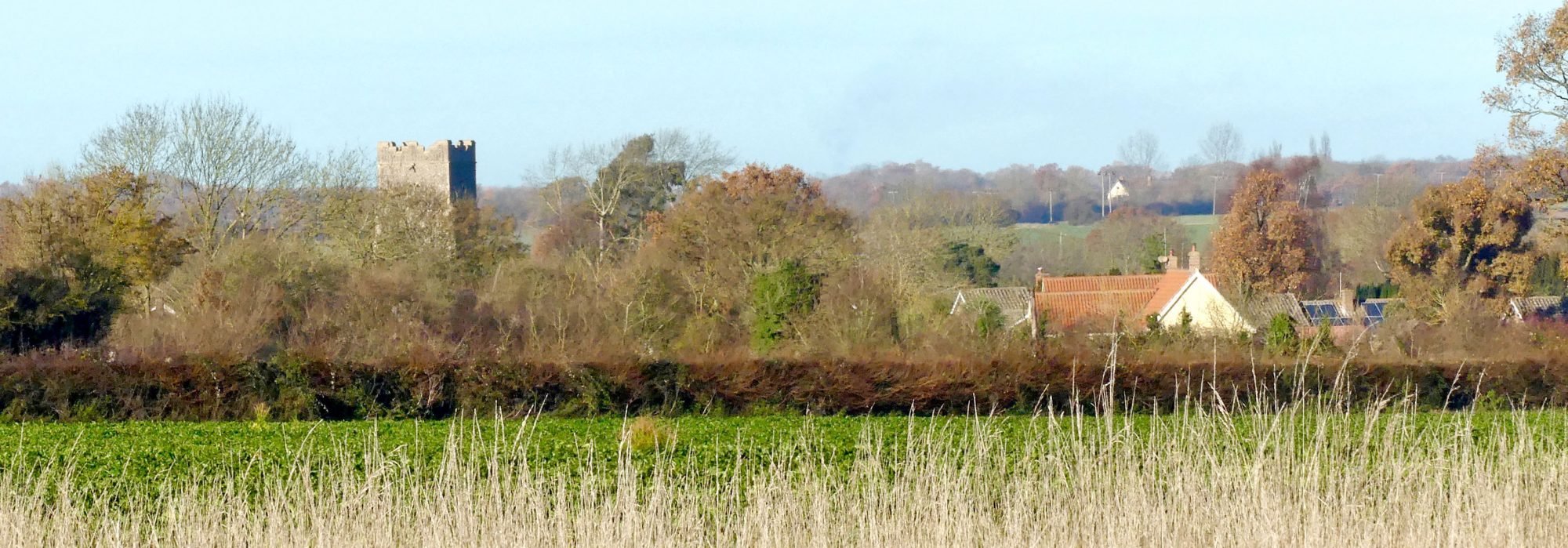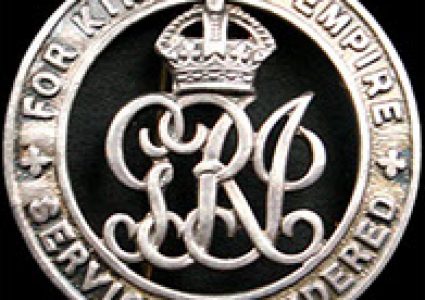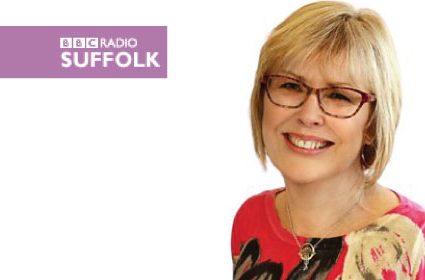The Silver War Badge was issued in the United Kingdom and the British Empire to service personnel who had been honourably discharged due to wounds or sickness from military service in World War I. The badge, sometimes known as the “Discharge Badge”, the “Wound Badge” or “Services Rendered Badge”, was first issued in September 1916, along with an official certificate of entitlement.
The large sterling silver lapel badge was intended to be worn on civilian clothes. The decoration was introduced as an award of “King’s silver” for having received wounds or injury during loyal war service to the Crown‘s authority. A secondary reason for its introduction was that a practice had developed in the early years of the war where some women took it upon themselves to confront and publicly embarrass men of fighting age they saw in public places who were not in military uniform, by ostentatiously presenting them with white feathers, as a suggestion of cowardice. As the war had developed substantial numbers of servicemen who had been discharged from His Majesty’s Forces with wounds that rendered them unfit for war service, but which were not obvious from their outward appearance, found themselves being harassed in such a manner and the badge, to be worn on the right breast while in civilian dress, was a means of discouraging such incidents being directed at ex-forces’ personnel. It was forbidden to wear the badge on a military uniform.





